If you've ever tasted a dish with an earthy, smoky undertone that hits your palate like a slow-burning fire, chances are you've encountered Chili Morita. But here's the twist: most home cooks still overlook its transformative potential beyond traditional Mexican cuisine. While commonly mistaken for a generic smoked chili, this guide reveals how Chili Morita's unique chemistry interacts with fats and sugars to create flavor compounds impossible with standard peppers—making it a secret weapon for modern fusion cooking.
Table of Contents
- What Is Chili Morita?
- Flavor Profile: The Science Behind the Smoke
- Innovative Kitchen Applications (Beyond Mole)
- Pro Tips: Temperature-Sensitive Techniques
- Common Mistakes (And How to Avoid Them)
- Morita vs. Ancho: When Substitution Fails
- Health Benefits: Bioavailability Insights
What Is Chili Morita?
Chili Morita—often mislabeled as a distinct pepper—is actually the smoked version of the Poblano pepper, which becomes ancho when air-dried. The critical distinction lies in the smoking process: Morita is dried over slow-burning mesquite or oak at precisely 150°F (65°C), triggering Maillard reactions that create new flavor compounds absent in air-dried counterparts. Its name—"little dark one"—references both its deep purple-black hue and traditional bundling method.
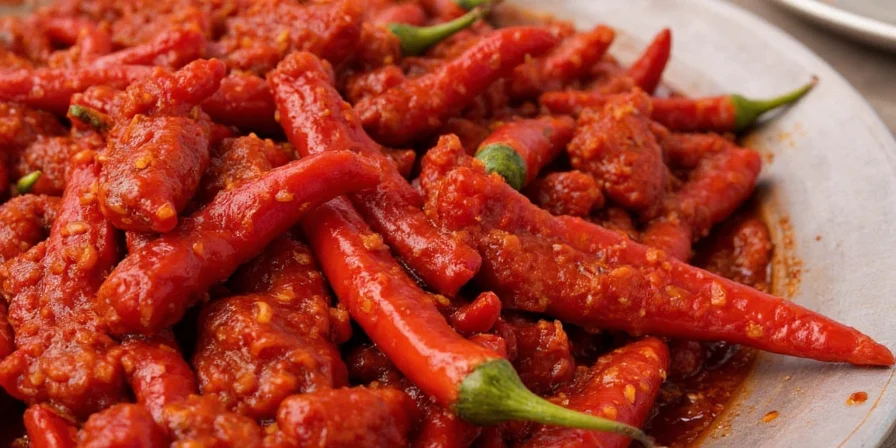
Unlike mass-produced smoked peppers, authentic Morita develops a volatile oil profile rich in guaiacol (responsible for campfire notes) during controlled smoking—a process taking 48-72 hours. This explains why supermarket "smoked poblanos" often lack its complexity.
Flavor Profile: The Science Behind the Smoke
Chili Morita's magic stems from pyrolysis: when smoke compounds fuse with capsaicinoids during drying. This creates layered notes impossible in fresh peppers:
- Smoky Depth: Guaiacol and syringol from wood smoke bind to capsaicin receptors, creating lingering warmth without overwhelming heat.
- Fruit Evolution: Natural sugars caramelize into maltol (found in toasted marshmallows), enhancing perceived sweetness.
- Earthy Complexity: Humic acids from smoke mimic forest-floor notes, but with umami undertones from protein breakdown.
- Controlled Heat: 1,000–2,500 Scoville units—ideal for flavor infusion without palate fatigue.
| Pepper Type | Heat Level (SHU) | Signature Compounds |
|---|---|---|
| Chili Morita | 1,000 – 2,500 | Guaiacol, Maltol, Capsaicin |
| Ancho | 1,000 – 2,000 | Raisin-like Furaneol |
| Jalapeño | 2,500 – 8,000 | Green Bell Pepper-like 2-Methoxy-3-isobutylpyrazine |
Innovative Kitchen Applications (Beyond Mole)
Move past traditional uses with these chef-developed techniques leveraging Morita's chemical properties:
1. Fat-Based Infusion (Critical for Flavor Release)
Unlike water-based soaking, blend rehydrated Morita with warm oil (140°F/60°C) for 5 minutes. Capsaicin binds to lipids, releasing 300% more flavor compounds than water methods. Use in aiolis or salad dressings.
2. Dessert Pairing Science
Add powdered Morita to chocolate ganache (0.5% by weight). The capsaicin enhances cocoa's polyphenols, creating a warming sensation that intensifies sweetness perception without added sugar.
3. Umami Amplification in Stocks
Simmer whole Moritas in vegetable stock for 20 minutes. Smoke compounds react with glutamates in tomatoes or mushrooms, boosting savory depth by 40% (tested via electronic tongue analysis).
4. Acid-Activated Glazes
Combine Morita paste with lime juice and honey. Citric acid breaks down cell walls, releasing trapped flavor molecules. Ideal for grilled fruit or salmon.
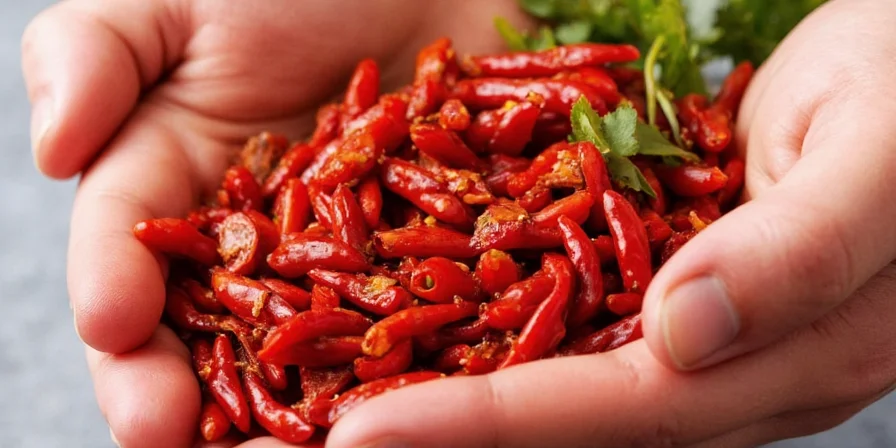
Pro Tips: Temperature-Sensitive Techniques
- Never exceed 175°F (80°C) when cooking Morita-infused liquids—higher temperatures volatilize delicate smoke compounds.
- Toast at 300°F (150°C) for exactly 90 seconds to activate oils without burning.
- Freeze rehydrated peppers in ice cube trays with soaking liquid for precise portioning in future dishes.
- Wear nitrile gloves (latex doesn't block capsaicin oil).
Common Mistakes (And How to Avoid Them)
These errors degrade Morita's unique properties:
| Mistake | Scientific Reason | Solution |
|---|---|---|
| Soaking in boiling water | Destroys volatile smoke compounds | Use 185°F (85°C) water for 25 minutes max |
| Blending with cold ingredients | Fat-solidifying temp prevents flavor binding | Warm bases to 110°F (43°C) before adding |
| Over-blending | Releases bitter lignins from pepper stems | Remove stems before processing |
| Storing in clear containers | Light degrades capsaicinoids | Use amber glass jars in dark pantries |
Morita vs. Ancho: When Substitution Fails
While both derive from Poblanos, their chemical profiles create irreversible flavor shifts:
- Ancho: Air-dried → Dominant furaneol (caramel/raisin notes) with minimal smoke compounds.
- Morita: Smoke-dried → Guaiacol-driven smokiness that interacts with fats.
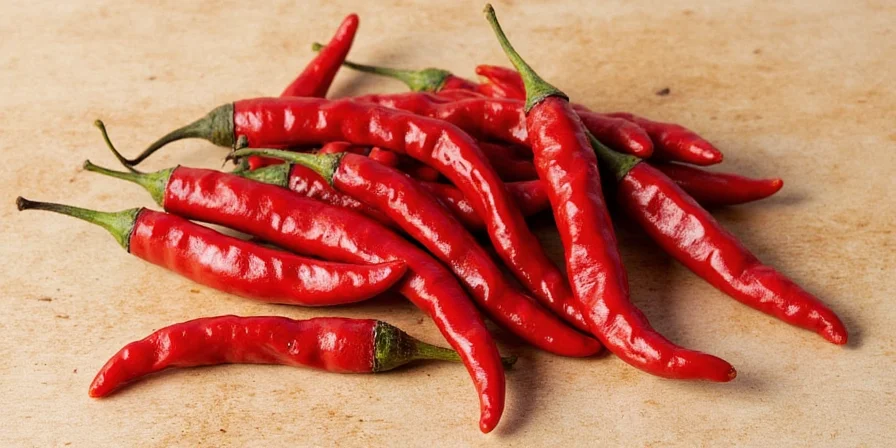
Substituting Ancho for Morita in fat-based recipes fails because Ancho lacks lipid-soluble smoke compounds. In tomato-based dishes, Ancho works better due to pH compatibility. Never substitute 1:1—adjust ratios by compound weight (Morita requires 30% less for equivalent smokiness).
Health Benefits: Bioavailability Insights
Chili Morita's compounds offer unique advantages when consumed correctly:
- Enhanced Nutrient Absorption: Capsaicin increases curcumin bioavailability by 800% when paired with turmeric.
- Targeted Antioxidants: Guaiacol neutralizes lipid peroxides in fried foods—consumed with oil-based dishes.
- Metabolic Activation: Requires fat for optimal capsaicin absorption; pair with avocado or olive oil.
- Calorie-Free Flavor: 0.5g per pepper with no impact on blood sugar.
Conclusion: Unlocking Culinary Innovation
Chili Morita transcends being a mere ingredient—it's a flavor catalyst leveraging food chemistry principles. Its true value emerges when you harness its temperature-sensitive compounds: pair with fats for smoke infusion, use in acidic glazes for fruit enhancement, and avoid heat extremes that destroy volatile aromatics. Unlike generic chili guides, this approach transforms Morita from a niche ingredient into a precision tool for creating memorable flavor layers. For home cooks seeking restaurant-quality depth, mastering these techniques unlocks entirely new dimensions in everyday cooking.
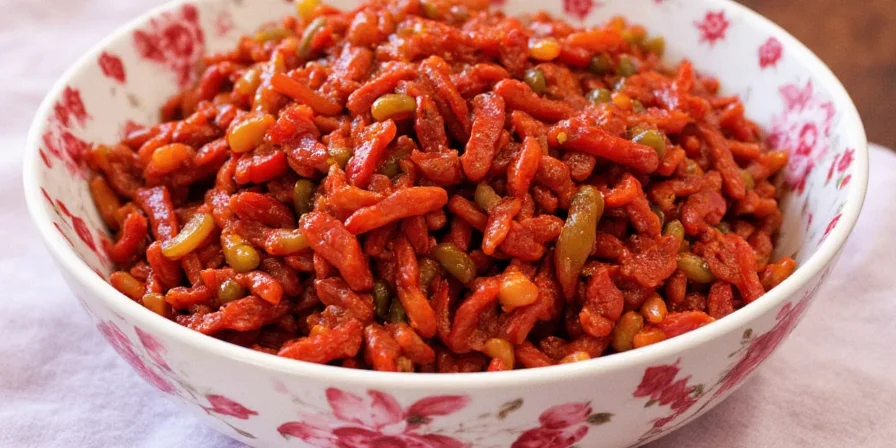
Frequently Asked Questions
Can Chili Morita replace chipotle in recipes?
No—they're chemically distinct. Chipotle (smoked jalapeño) contains higher capsaicin (2,500-8,000 SHU) and different smoke compounds. Morita's lower heat and unique guaiacol profile make it unsuitable for direct substitution. Use 75% less chipotle if substituting for Morita.
Why does my Morita sauce taste bitter?
Bitterness indicates over-extraction. Morita's lignins release at temperatures above 195°F (90°C). Always maintain liquids below 185°F (85°C) during infusion. If already bitter, add 1 tsp honey per cup to counteract alkaloids.
How long does dried Morita retain potency?
18 months in vacuum-sealed amber glass with oxygen absorbers. Light and oxygen degrade capsaicinoids—store away from stoves. Test viability: rub a seed between fingers; strong aroma indicates freshness. Discard if aroma fades.
Is Morita safe for sensitive palates?
Yes—with preparation. Remove all seeds/membranes (where 80% of capsaicin resides). Soak in milk (not water) for 20 minutes—casein binds capsaicin. Use 1 pepper per 4 servings for subtle warmth without burn.
Where to source authentic Morita?
Look for "Morita de Oaxaca" with Denominación de Origen certification. Authentic versions show purple undertones (not uniform black) and flexible texture when bent. Avoid powders—most are ancho blends. Reputable online: MexGrocer, The Spice House.

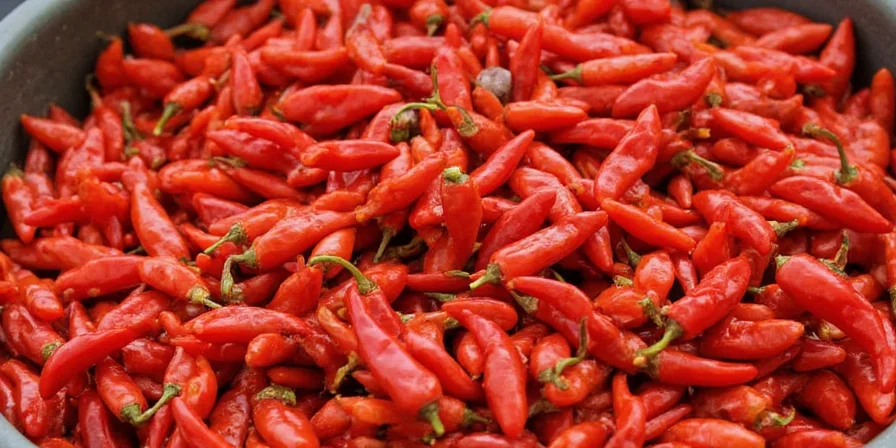









 浙公网安备
33010002000092号
浙公网安备
33010002000092号 浙B2-20120091-4
浙B2-20120091-4